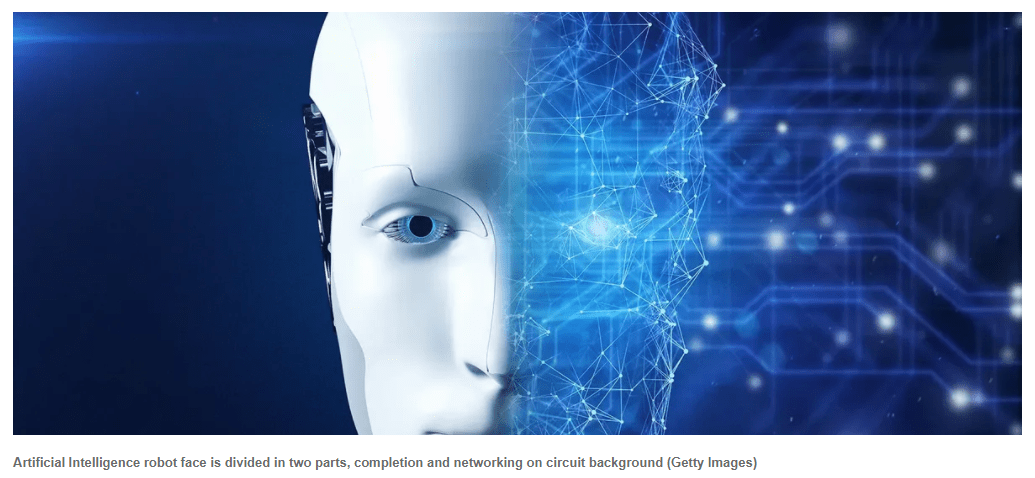“Misfired” neurons might be a brain feature, not a bug — and that’s something AI research can’t take into account
By THOMAS NAIL
APRIL 30, 2021 10:00PM (UTC)
[…] artificial intelligence researchers and scientists are busy trying to design “intelligent” software programmed to do specific tasks. There is no time for daydreaming.
Or is there? What if reason and logic are not the source of intelligence, but its product? What if the source of intelligence is more akin to dreaming and play?
Recent research into the “neuroscience of spontaneous fluctuations” points in this direction. If true, it would be a paradigm shift in our understanding of human consciousness. It would also mean that just about all artificial intelligence research is heading in the wrong direction.
Yet all approaches have one thing in common: they treat intelligence computationally, i.e., like a computer with an input and output of information.
Narrow AI excels at accomplishing specific tasks in a closed system where all possibilities are known. It is not creative and typically breaks down when confronted with novel situations. On the other hand, researchers define “general AI” as the innovative transfer of knowledge from one problem to another.
Decades of neuroscience have experimentally proven that neurons can change their function and firing thresholds, unlike transistors or binary information. It’s called “neuroplasticity,” and computers do not have it.
Spontaneous fluctuations are neuronal activities that occur in the brain even when no external stimulus or mental behavior correlates to them. These fluctuations make up an astounding 95% of brain activity while conscious thought occupies the remaining 5%. In this way, cognitive fluctuations are like the dark matter or “junk” DNA of the brain. They make up the biggest part of what’s happening but remain mysterious.
Neuroscientists have known about these unpredictable fluctuations in electrical brain activity since the 1930s, but have not known what to make of them. Typically, scientists have preferred to focus on brain activity that responds to external stimuli and triggers a mental state or physical behavior. They “average out” the rest of the “noise” from the data.
This is why computer engineers, just like many neuroscientists, go to great lengths to filter out “background noise” and “stray” electrical fields from their binary signal.
This is a big difference between computers and brains. For computers, spontaneous fluctuations create errors that crash the system, while for our brains, it’s a built-in feature.
What if noise is the new signal? What if these anomalous fluctuations are at the heart of human intelligence, creativity, and consciousness?
There is no such thing as matter-independent intelligence. Therefore, to have conscious intelligence, scientists would have to integrate AI in a material body that was sensitive and non-deterministically responsive to its anatomy and the world. Its intrinsic fluctuations would collide with those of the world like the diffracting ripples made by pebbles thrown in a pond. In this way, it could learn through experience like all other forms of intelligence without pre-programmed commands.
In my view, there will be no progress toward human-level AI until researchers stop trying to design computational slaves for capitalism and start taking the genuine source of intelligence seriously: fluctuating electric sheep.
My comment/reflections…
Yes, I read this and excerpted elements that resonated particularly strongly with me. Whenever I hear discussions about AI, I have misgivings. This article helps me to articulate some of these.
Notions such as creativity, addressing ‘novel situations’, going beyond ‘what is known’, or programmed, to find novel solutions that may not have been already attempted. A “closed system where all possibilities are known” is simply a translation of human fallibility with all its potential biases and blind spots, into, as the author says, “computational slaves for capitalism”. One that works faster, cheaper, more efficiently, but without the potential for the fluctuations and ‘noise’ to get in the way.
Well this ‘noise’, to me, is the human condition and I believe it contributes to the wonders of diversity, of difference, of creativity and even what might be considered bohemian or eccentric responses and ways of being that provide the colours of our world.
In terms of the origins of the new technological and AI machinery, what would it mean in terms of the ethics, morals and understandings of ‘right and wrong’, good/bad, acceptability of ‘solutions’, if any nation, sect or belief system of the world was able to program and develop it? Any religion, any philosophy, any group or individual? We know who is ruling the development of AI right now, is that ok with you and me? With our neighbours, our extended families, our region or our place in the world? Have we thought about why this might be, or how it might feel different if our own belief systems were completely incompatible or in opposition?

